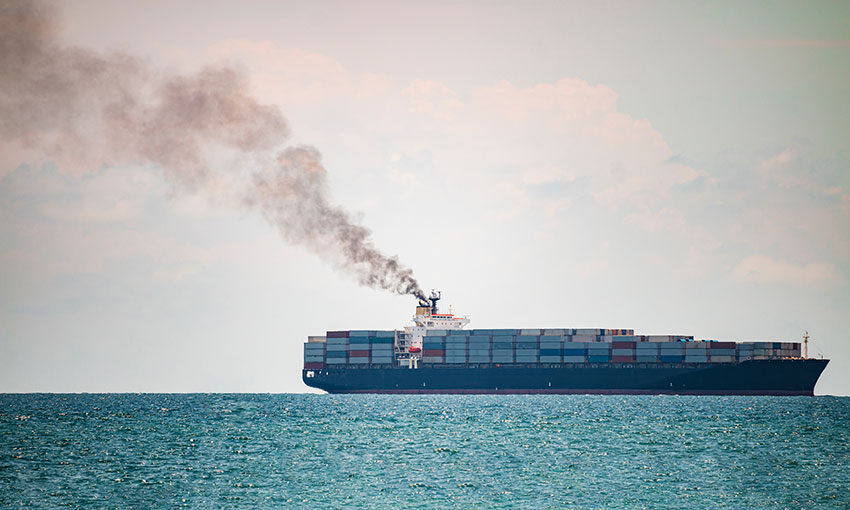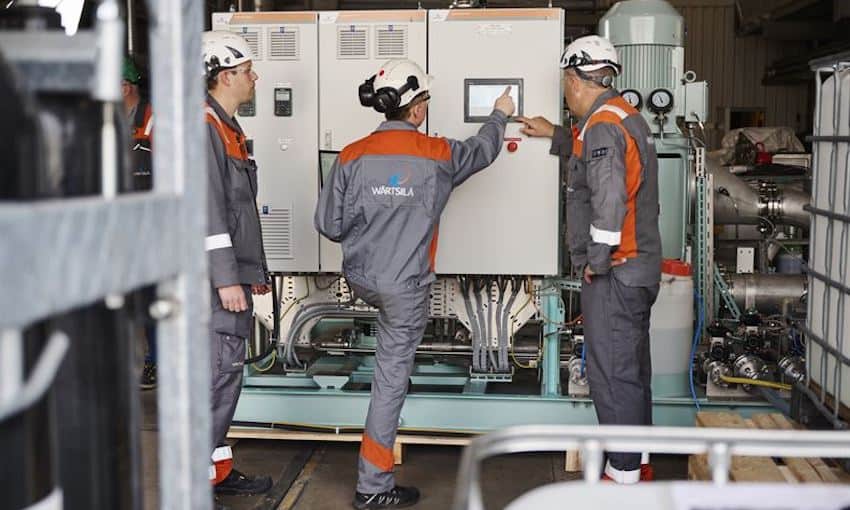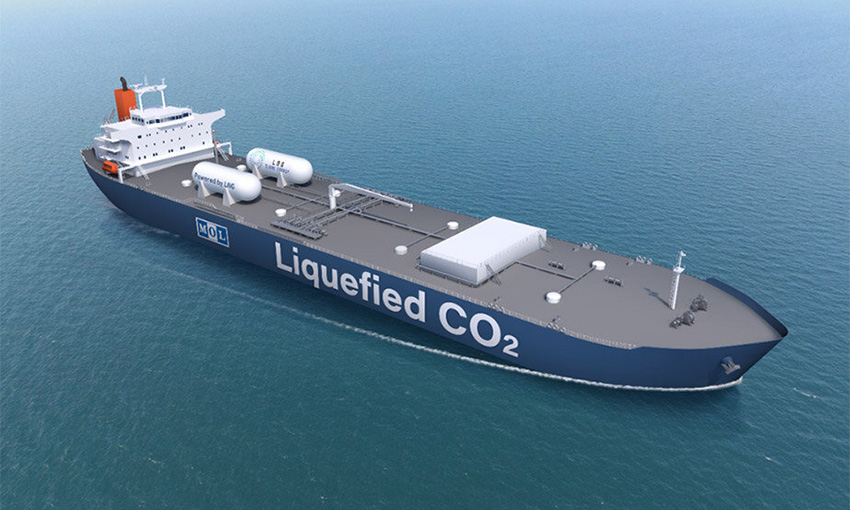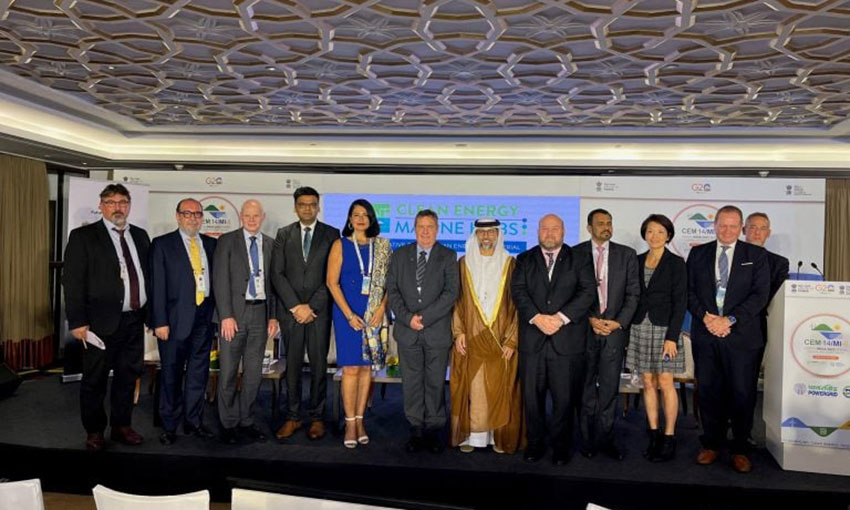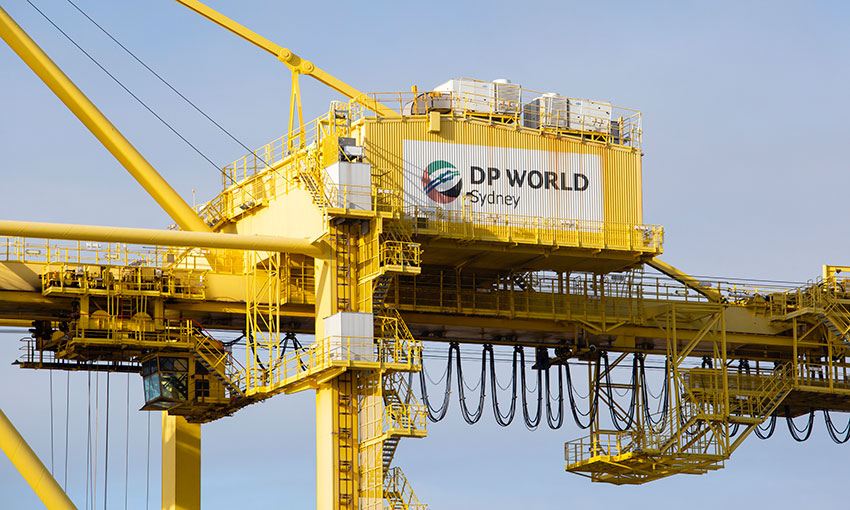RESEARCH from ClassNK suggests voyage optimisation can help ships reduce emissions by 7.3% and extend their carbon intensity indicator ratings by up to three years.
The classification society conducted the joint study with maritime software and data analysis expert NAPA and Japan’s Marubeni Corporation.
The study measured the impact of voyage optimisation on greenhouse gas emissions and CII ratings of a real-life fleet.
It involved a ship performance model and voyage simulation tools from NAPA and used voyage data from a group of bulk carriers owned and operated by Marubeni.
ClassNK said the study highlighted the importance of optimising voyages to improve a vessel’s rating under the International Maritime Organization’s CII system, which rates the carbon intensity of each vessel on a scale from A to E.
It found NAPA’s voyage optimisation model can boost a vessel’s CII rating by 5% to 6% which, according to ClassNK, can often enable a vessel to move up a rating.
“It also enables vessels to remain in the same category for two to three years longer as the requirements for each CII category gradually become stricter, forcing ships to reduce their emissions over time,” ClassNK said.
“Crucially, these improvements do not require any additional installation or equipment on board.”
NAPA Japan managing director Naoki Mizutani said the study demonstrates the impact voyage optimisation can have on the emissions and CII ratings of a fleet at sea.
“This is critical for businesses throughout the supply chains, informing strategic and financial decisions as legislation enters into force,” he said.
“Our analysis shows that substantial emissions reductions can be achieved with tools that are available today. There is no reason to wait given the scale of the climate crisis.
“The study confirms that voyage optimisation will be a powerful tool for the industry, not only to ensure compliance with CII requirements, but also to support shipping’s decarbonisation journey.”
Takayuki Hase, general manager of ship department at Marubeni, said the study provides clarity on how the maritime industry can reduce its carbon footprint.
“As we navigate a new regulatory environment, data-driven insights are key to accurately assess our starting point, and fully understand the practical impacts,” he said.
“Based on co-operation and collaboration with industrial leading companies, we aim to contribute greener, more sustainable shipping though all practical methods.”
And Yoshimichi Sasaki, general manager of Digital Transformation Center at ClassNK, said CII challenges shipping companies to plan and manage GHG emissions from their fleet, which impacts their competitiveness.
“Visualising ships’ emissions should be a key initial step to envisage the way for optimized GHG management systems,” he said.
“The study based on the actual voyage data has successfully demonstrated the value of the simulation in generating insights.
“ClassNK will use its outcome to enhance our certification service range which is responding to decarbonization trends and the advancement of digital technology.”

